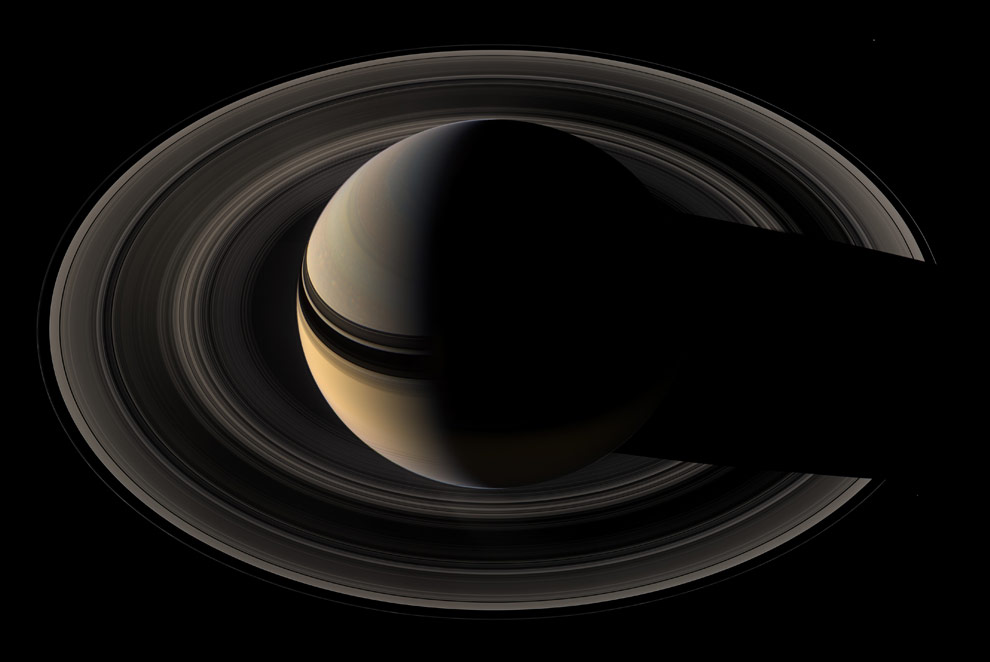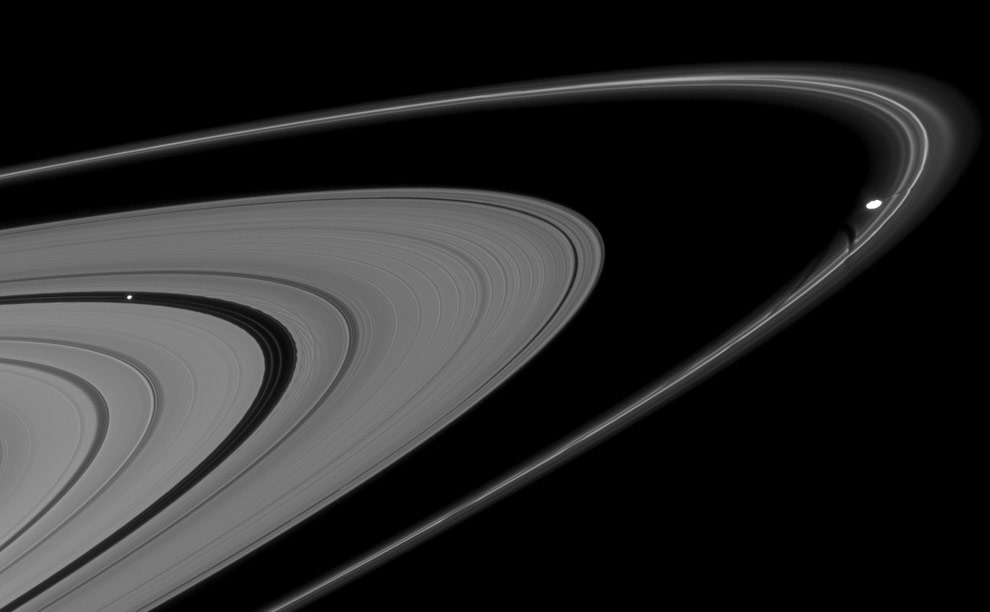I attended a talk by Michael Pollan, the author of The Omnivore’s Dilemma and In Defense of Food, last night at the Kohl Center in Madison. Pollan is one of my favorite writers and thinkers because he almost always has a new take on old problems that bring new and interesting points to the debate. Pollan is most famous for In Defense of Food, an “eater’s manifesto” on how to eat well and forsake the “western diet” of processed foods and refined carbohydrates. His book is interesting on many levels, but what struck me during the talk was how many of the problems that Americans have relating to their diet are unintended consequences of well-intentioned policies crafted by nutritionists, nutritional scientists, government bureaucrats and health-conscience consumers.
For example, Pollan talks about how throughout American history, there have been “blessed” and “evil” nutrients. In the 1800s, protein was evil and John Harvey Kellogg led the charge against this scorage, leading many Americans to give up their traditional eggs, bacon, sausage and pancakes for boxed cereal, with the blessed carbohydrates. Later, it was fat, leading to the creation of margarine and transfat to replace real butter and animal fat. The Atkins phenomenon brought protein back because carbs were supposedly bad. There have been many other examples of this throughout American history, but these are the easiest ones to see. Each of these movements were started by people with good intentions who wanted to make Americans healthier. At best, they did not work. At worst, they made things worse.
The margarine and other plant fats that scientists created ended up being worse than the fats that they were replacing. Pollan claimed that this switch led to hundreds of thousands of premature deaths from heart disease and other preventable diseases. These deaths were an unintended consequence of food scientists and the government’s good intentions to help American live healthier lives.
Pollan’s talk led me to start thinking about other unintended consequences and how many people miss their impact in everyday life. I found some relating to our food, including some potential ones relating to Pollan’s “eater’s manifesto.” Subsidizing the corn and soybean market after the USSR’s wheat crop failed in order to ensure that we never went hungry led to monocultures and a crash in farm prices, which led to fewer family farms. It has led to America’s overproduction of cheap corn, which made high fructose corn syrup the cheapest and easiest sweetener to work with, leading to cheaper manufactured food and fatter, less healthy Americans. Cheap subsidized corn and soybeans make it tough for farmers in Africa to compete and pull themselves out of poverty. Now I don’t believe that each of these are straight cause and effect relationships, but its clear that these unintended consequences of trying to make sure that America’s food supply is secure have continued to ripple across the world since the 1970s.
Pollan’s manifesto advocates that we eat food, not too much, mostly plants and move away from packaged, processed “food like substances.” This is a good goal, but he also advocates moving away from monoculture and large industrial farms. The thinking is that we we have healthier plants, animals and humans if we diversify our food supply and stop growing huge amounts of corn and soybeans for use in just about everything. Pollan believes that these types of changes could help solve global warming, the healthcare crisis and potentially the current economic crisis. It is clearly a noble goal, but what about the unintended consequences?
If farmers move away from high yielding monocultures, might we be at a larger risk of famine in the future as populations rise? Could we lose jobs in the current food industry? Could lower yields lead to higher food costs, much like how increased demand for corn based ethanol raised food prices worldwide, with most of the increased hurting the world’s poor? Are there some other unintended consequences that Pollan’s way of thinking might bring about, much like the other big changes to our food supply brought to America’s dinner tables?
Personally, I think it is worth experimenting with Pollan’s ideas because I’m not sure we can do much worse than we are doing now, but it would be foolish to simply accept them and begin to implement them immediately. I don’t believe that Pollan is calling for this, but I have not seen much research into the potential unintended consequences of his ideas. It reminds me a story I just came across the other day about tuna fishing.
In the early 1990s, groups like Greenpeace were outraged that tuna fishing companies were killing hundreds of dolphins with each catch. Here’s how tuna fishing works
The main way that tuna is caught is through purse seines in the Eastern Tropical Pacific. Basically, after a large group of tuna is located, a miles-across purse seine net is closed around them via a group of small boats associated with a large factory ship. It’s an effective way to catch large amounts of fish for not a lot of money.
This technique is pretty standard- the main variation lies in how the large group of tuna is located. There are basically three ways to do this.
1) Get lucky and happen to stumble across a large group of tuna visible from the surface in the middle of an enormous ocean. Obviously, this isn’t terribly practical.
2) Attract tuna using floating objects. Stay tuned, we’ll come back to #2.
3) Follow dolphins, because dolphins in the Eastern Tropical Pacific are often associated with large schools of tuna. Dolphins are easy to follow because, unlike tuna, they have to come up for air.
For a long time, #3 was the most common way of catching tuna. The problem with this method was that by definition, dolphins are right there- and they get caught in the net as well. Despite the honest effort of many sailors to free dolphins (there is a long maritime tradition of respecting dolphins), by some estimates, around 500,000 dolphins a year were killed as a result of bycatch.
Sounds terrible, right? 500,000 dolphins EACH YEAR were killed as a result of this tuna fishing. Groups like Greenpeace and others marshaled public support and got the rules changed, making dolphin following illegal. People could not fish for tuna by following dolphins to big groups of tuna. So what happened?
Tuna fishing fleets rapidly switched over to method #2, attracting tuna using floating objects. If you put a log in the middle of the ocean, within hours it will be surrounded by fish. It may have something to do with the fact that many open ocean fish can go their entire lives without encountering a hard surface.
The floating objects now used by tuna fishing fleets are quite high tech- they have sonar and video cameras that allow the flagship to detect how many fish are near that object. Once there are enough, the purse seine comes and scoops them all up- and the floating object is redeployed.
The big problem with this method is that floating objects don’t only attract tuna. EVERYTHING is attracted to floating objects, including sea turtles, sharks, seabirds, billfish, and, yes, dolphins!
Well-intentioned groups like Greenpeace and others tried to help the dolphins by making fishing for tuna by using dolphins illegal, but the unintended consequences of their actions have created “The Ecological Disaster that is Dolphin Safe Tuna.” Here are some stats comparing the bycatch of both methods of fishing. First, the floating log method, then the old, dolphin method:
Ten thousand sets of purse seine nets around immature tuna swimming under logs and other debris will cause the deaths of 25 dolphins; 130 million small tunas; 513,870 mahi mahi; 139,580 sharks; 118,660 wahoo; 30,050 rainbow runners; 12,680 other small fish; 6540 billfish; 2980 yellowtail; 200 other large fish; 1020 sea turtles; and 50 triggerfish.
By trying to help dolphins, groups like Greenpeace caused one of the worst marine ecological disasters of all time. Few other fisheries are as bad for groups like sharks and sea turtles as the purse seine fishery, and none are as large in scale.
“Ten thousand sets of purse seine nets around mature yellowfin swimming in association with dolphins, will cause the deaths of 4000 dolphins (0.04 percent of a population that replenishes itself at the rate of two to six percent per year); 70,000 small tunas; 100 mahi mahi; 3 other small fish; 520 billfish; 30 other large fish; and 100 sea turtles. No sharks, no wahoo, no rainbow runners, no yellowtail, and no triggerfish and dramatic reductions in all other species but dolphins.”
In other words… the only species that “dolphin safe” tuna is good for is dolphins! The bycatch rate for EVERY OTHER species is lower when fishing dolphin-associated tuna vs. floating object associated tuna! The reason for this is obvious- floating objects attract everything nearby, while dolphins following tuna doesn’t attract any other species.
If you work out the math on this, you find that 1 dolphin saved costs 382 mahi-mahi, 188 wahoo, 82 yellowtail and other large fish, 27 sharks, and almost 1,200 small fish.
“Dolphin Safe Tuna” is one of the most egregious examples of unintended consequences that I have heard about in a long time. I wonder if we may repeat similar mistakes with global warming (now called climate change), health care, taxes, the bank bailouts and our monsterous national debt. We should at least try to look at the potential downsides and unintended consequences of our larger decision in all aspects of our lives – political, business and personal – so that we do not make another mistake like margarine or dolphin safe tuna.



